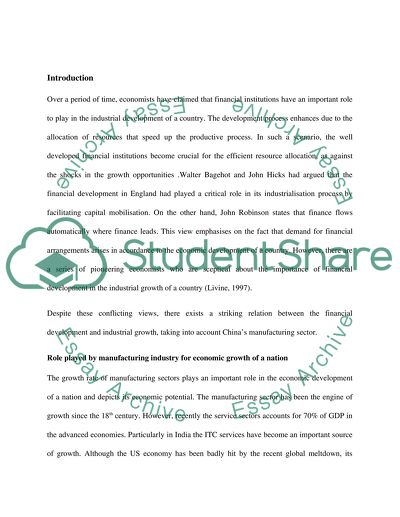Cite this document
(“Financial Development and Industrial Growth: an empirical Literature review”, n.d.)
Retrieved de https://studentshare.org/macro-microeconomics/1391143-financial-development-and-industrial-growth-an
Retrieved de https://studentshare.org/macro-microeconomics/1391143-financial-development-and-industrial-growth-an
(Financial Development and Industrial Growth: An Empirical Literature Review)
https://studentshare.org/macro-microeconomics/1391143-financial-development-and-industrial-growth-an.
https://studentshare.org/macro-microeconomics/1391143-financial-development-and-industrial-growth-an.
“Financial Development and Industrial Growth: An Empirical Literature Review”, n.d. https://studentshare.org/macro-microeconomics/1391143-financial-development-and-industrial-growth-an.


